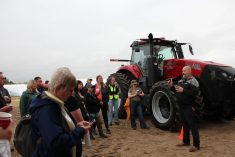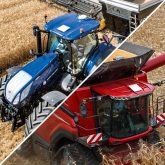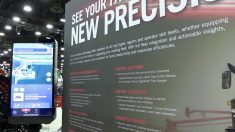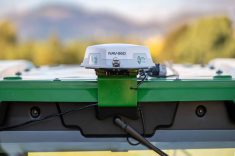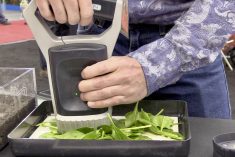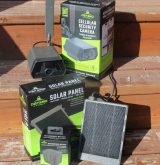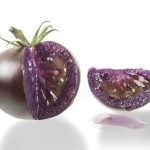Most Canadian farmers are certainly familiar with QR codes these days — the QR stands for quick response. First, they’ve been around for nearly 30 years — it’s a square with a maze of black symbols and markings inside its border, often found on the labels of various products.
The QR code is described as a type of matrix barcode invented in 1994 by the Japanese automotive company Denso Wave. A barcode is a machine-readable optical label that contains information about the item to which it is attached. In a lot of cases, you can open the QR code information by capturing the code with the camera on your smartphone.
And in the past year or so of the COVID-19 pandemic, the QR code has become the tool federal and provincial governments have developed for people to show proof they have been vaccinated against the virus.
Read Also

Claas brings 1000 Series SP forage harvesters to Canada
In mid-August, Claas unveiled its new line of Jaguar forage harvesters at an event in Visalia, California, deep in the heart of that state’s dairy region.



